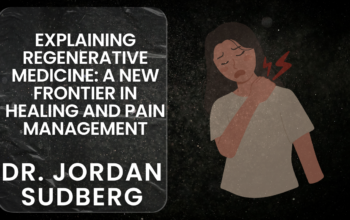You’ve probably heard of sexual harassment, but have you ever heard of gender harassment? Some people are questioning whether or not this form of harassment is even a real thing. As it turns out, there’s a specific legal definition for it and it happens more often than you might think.
Defining Gender Harassment
This is a form of non-sexual harassment that targets someone because of their gender. Like other forms of harassment, it is repeated and troubles or persecutes the victim. At its core, gender harassment is sexism toward anyone of anyone gender, including transgendered individuals. Some examples include:
· Offensive remarks
· Physical assault
· Sexist slurs
· Obscene humor or jokes about gender
· Derogatory nicknames
· Anecdotes designed to degrade the victim
· Belittling or patronizing comments based on gender
· Gender-degrading material or graffiti
· Insulting actions that convey negative attitudes towards someone’s gender
There are various ways that gender harassment and discrimination show themselves, but a common form of personal sexism reveals itself in the workplace. This Bay Area workplace harassment attorney has handled all too many cases that expose how rampant this form of harassment remains in offices around the country.
The Toxic Workplace
Discrimination and harassment lead to negative and even hostile work environments. The victims of such USA crime certainly feel the toxic effects of this environment
Imagine walking into work one day and seeing the uncomfortable situation of one employee degrading another over their gender. How would you feel about the scenario? Witnessing forms of harassment can quickly destroy the morale of a work environment, poisoning the culture within and making the act of working there a miserable experience.
The same is true when remarks are not directed at an employee but said in general. Those who the remarks target begin to feel unsafe, while others feel uncomfortable. Graffiti in a bathroom or signs hung around an office have the same affect.
Toxic work environments and cultures have far-reaching impacts on employees and productivity. Absenteeism increases, brand images can be tarnished, and employee turnover happens more frequently.
Employees vs. Managers
There are two primary ways harassment takes place. Either an employee harasses another employee or a manager uses their position of power to bully and discriminate their employees. Sexism among employees can be handled with strict policy and action against forms of discrimination, but the latter can be difficult to handle.
Should an employee stand up for themselves or report the harassment, the possibility of retaliation by a manager is high. This, along with the harassment, are both federally illegal. However, it happens more often than you might think.
The possibility for quid pro quo harassment becomes reality, as well. A manager may subject an employee to gender discrimination on the basis that the employee will gain or lose benefits if they do not allow the harassment to continue. Either way, it adds to the toxicity of the work environment.
Seeking Help
Gender harassment, like all other forms, is illegal. If you or someone you know has become the victim of this form of discrimination, the law allows anyone to seek compensation and restitution. Don’t let your workplace become toxic. Report harassment when you see it.



